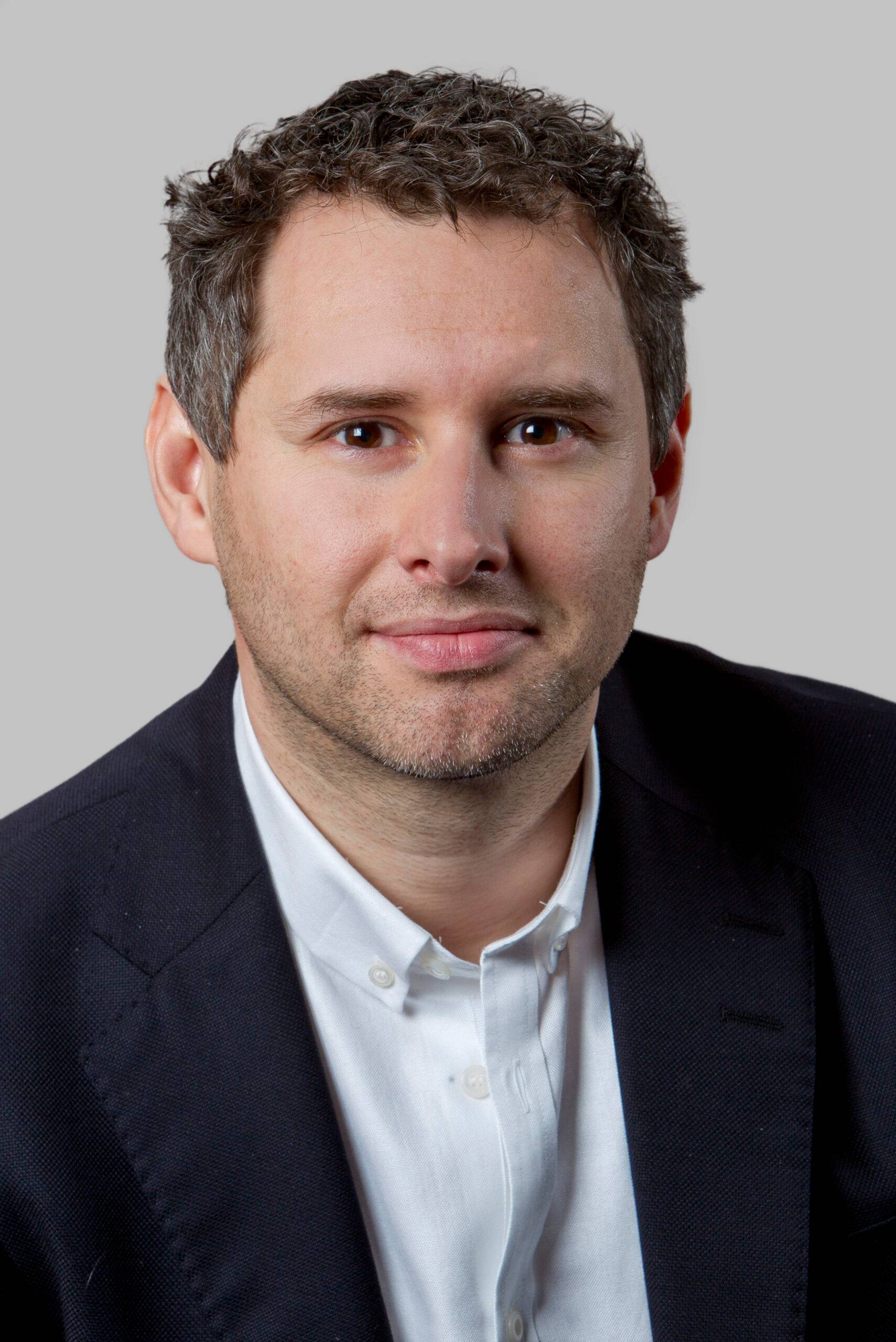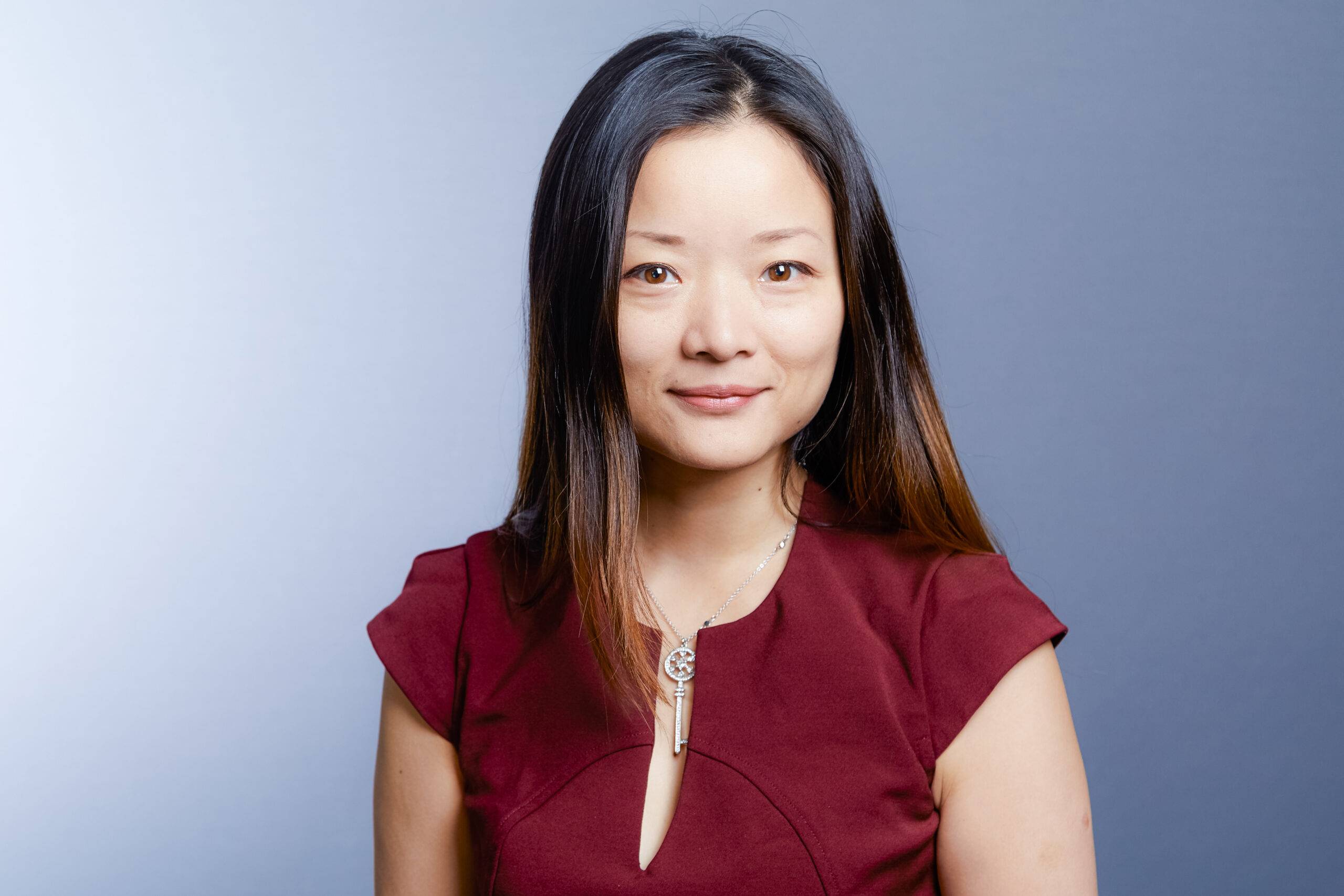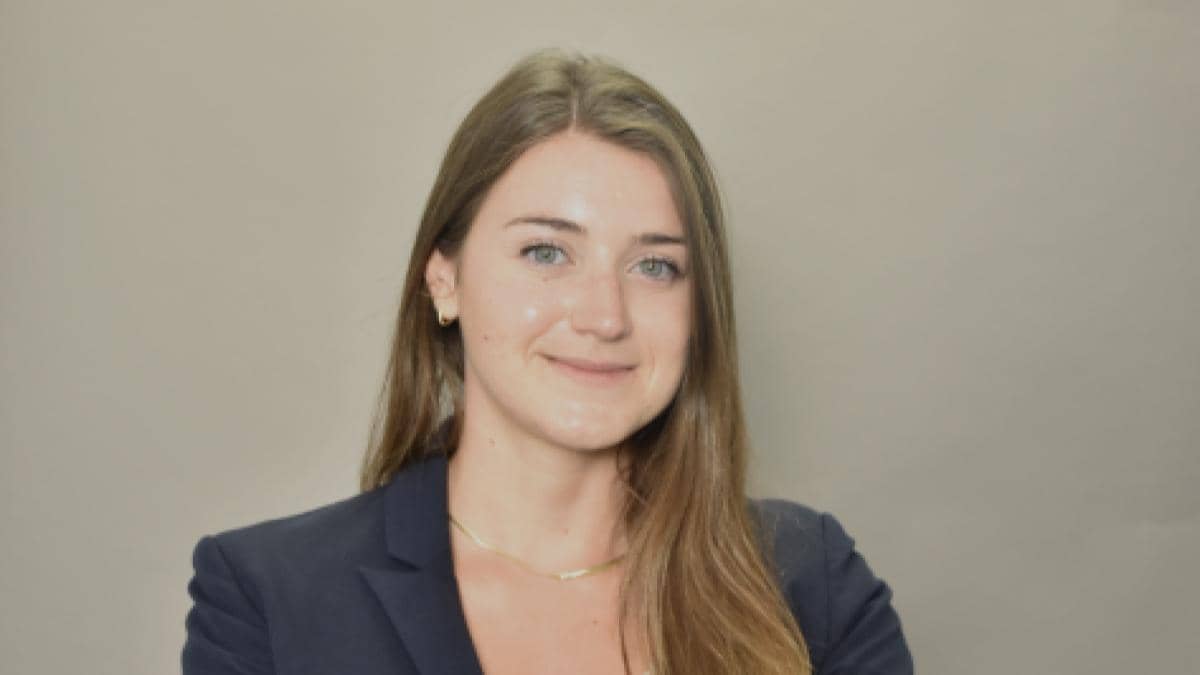Bastian Gries from ODDO BHF Asset Management GmbH – Fund Manager of the Month

9 JUN, 2021
By Constanza Ramos
Bastian Gries, CFA, is an Executive Director and Global Head of Investment Grade & Money Market at ODDO BHF Asset Management GmbH, which manages fixed income assets of approximately EUR 16 bn. He is the lead portfolio manager for the ODDO BHF Sustainable Euro Corporate Bond Fund and Co-Manager of the unconstrained ODDO BHF Sustainable Credit Opportunities Fund.
Bastian Gries has extensive experience in credit analysis of companies from a wide variety of industries and in managing various kinds of fixed income portfolios for institutional clients. He started his career at ODDO BHF Asset Management GmbH in 2004, where he initially worked as a Portfolio Manager for European High Yield bonds. Bastian Gries holds a degree in economics from the University of St. Andrews in the UK and is a CFA charter holder.

What led you to dedicate yourself to the financial industry and how did you start your career? Did you have any other vocation?
Before I went to university I did a 2.5 years apprenticeship with a German bank learning everything about the banking business. During this time I gained some first-time experience with capital markets. This fascinated me from the start particularly due to the complex and dynamic nature of the issues you have to deal with on a daily basis. Later on, as a high yield portfolio manager, I learned about the important role capital markets play to ensure a well-functioning global economy and how to successfully navigate through idiosyncratic risks. A well-working global credit market is absolute paramount to ensure the health of the global economy. In this context, I appreciate that investing our clients’ money in carefully selected issuer means we can actively contribute to this process. Moreover, by conducting in-depth fundamental analysis you acquire a thorough understanding of how companies, sectors, and economies work, ultimately a much-enhanced understanding of how our world is functioning.
Finally, I very much enjoy competing and collaborate with highly talented people from different social and educational backgrounds. You need to be an open-minded and agile team player to succeed in a dynamic environment. Ultimately, I knew relatively early in my career that I wanted to become an investment manager.
What is your biggest challenge as Global Head of Investment Grade & Money Market at ODDO BHF Asset Management GmbH?
As portfolio managers, we take a large number of investment decisions on a daily basis while the future path of the economic and credit cycle usually bears a fairly high degree of uncertainty. We need to form our investment view, which results in decisions regarding the risk profile of our portfolios based around the core scenario we envisage for markets. However, at the same time, our base case view needs to be reviewed frequently to make sure we keep an adequate risk positioning. The current market environment brings with it many formidable challenges.
In this environment, we see a lot of demand for our flexible investment approach, which is deployed in the ODDO BHF Sustainable Credit Opportunities fund. Here we are able to allocate exposure to those fixed income segments that offer the best risk-reward profile at any given point in time. At the same time, top-down risk factors such as interest rate risk are managed very actively to protect the portfolio if necessary from the adverse impact of rising rates. The goal clearly is to achieve a steady return generation for our clients while limiting drawdown from potentially adverse market impacts.
How your work on a daily basis looks like and what are the problems do you normally face? How do you stay motivated?
Usually, as a portfolio manager, I spend the early morning hours gathering and analyzing information (i.e. how US and Asian markets evolved, new macroeconomic data, and company-specific news) and how that information might impact our portfolios. This also includes a daily performance review of the various investment strategies. Moreover, early in the morning, my investment teams come together to share information and discuss potential events such as upcoming new issues or company results. Those activities are further complemented by weekly investment strategy reviews, global investment committee meetings, and of course interaction with clients.
For strategies such as ODDO BHF Sustainable Credit Opportunities, we have set up strong investment processes that work very well in different market regimes. We are driven by the aim to successfully compete in markets we operate in and to offer the highest product quality to our clients. Moreover, the daily collaboration within a team of highly talented, experienced colleagues who are all very much focused on generating value for our clients creates a very positive and motivating work environment. In the end, it is about a repeatable investment success and a performance that can be well understood by our clients and that satisfies their investment needs.
What are the top three companies in your portfolio? In what type of company would you never invest?
We look for companies that enjoy strong business profiles, which is usually also reflected in strong operating margins and cash flows. A bondholder prefers companies that have a clear and conservative financial policy, which ideally means a balanced approach between respecting the needs of shareholders and bondholders. Moreover, we follow a strict ESG integration approach. As a consequence, we analyze a large amount of extra-financial criteria to assess the overall ESG quality of the companies we invest in. This analysis focuses in particular on the environmental issues on human capital and governance criteria as these factors capture very well the long-term execution risks of companies. Ultimately we overweight companies that demonstrate a steady improvement of their credit profiles with strong free cash flow generation and that are ESG leaders within their respective peer groups. Many of the companies we currently overweight are from sectors such as Banks, Real Estate, Telecommunications, and Health Care.
On the contrary, we avoid companies that are solely focused on shareholder remuneration and for which the evolution of their credit profiles is of secondary importance. In light of the ESG integration approach, we also do not invest in companies that are involved in controversial activities such as coal mining, nuclear companies, tobacco, weapon, non-conventional oil & gas, gaming, etc.
What key principles drive your investment processes and why?
We have established a culture of team-based investment processes. This enhances the information and skill sets taken into account to ensure well-balanced investment decisions for our clients and repeatable investment success. Moreover, it reduces emotional biases individual members of the team might pursue otherwise. At the core of our process, we conduct a thorough fundamental analysis of all issuers and companies we invest in. We tend to construct portfolios that consist of our strongest fundamental convictions. The strictly followed ESG integration approach ensures that the overall execution risks of the chosen companies are relatively low. This is particularly helpful during volatile market periods since we have an extremely good understanding of how our companies should evolve in any given market.
In addition, we also deploy risk models that support investment decision-making on a portfolio level, for example, to manage interest rate risk or the overall risk profile of the portfolio. Lastly, we have established a process to steadily review the positioning of the portfolio and to optimize exposure to certain issuers. This is a recurring process that ensures our portfolios are adequately positioned at any given point in time. Finally, our state-of-the-art trading and risk measurement systems ensure that the performance and risk metrics of our portfolios are reviewed and monitored on a daily basis and in real-time.
What is the average number of companies you meet and visit annually?
For flexible investment strategies such as ODDO BHF Sustainable Credit Opportunities, we use our full resource base in fixed income, which means the expertise and fundamental analysis done by our 25 investment specialists supported by the work of our ESG team.
Hence, if I take into account all the interactions we have with companies annually, including conference calls, webcasts, roadshow meetings, conference meetings and ESG related meetings these interactions amount to well above 700 per year across the teams that contribute to our investment strategy.
Due to the pandemic situation and the economic uncertainty, what are your perspectives regarding the future of the economy?
We now see an accelerating recovery for the Eurozone for the remainder of the year. Especially in the services area, we should see a strong release in pent-up demand. Hence, we should see a solid growth trajectory over the medium term. However, the pandemic crisis has also led to sharply increased global debt levels, which are likely to impact fiscal and monetary policy for a very long time. In this context, I expect that the lower for longer interest rate regime is likely to persist and monetary policy will be adjusted very slowly over the next few years.
Moreover, the pandemic has probably caused durable shifts to business life. After 1.5 years of confinement work from home has been well established and is likely to stay in some form. Also, business travel will likely remain below pre-crisis levels. As video conferences have worked extremely well since the start of the crisis I expect certain client and internal meetings to remain digital going forward. This development might have a lasting impact on the travel and hospitality industries for example.


